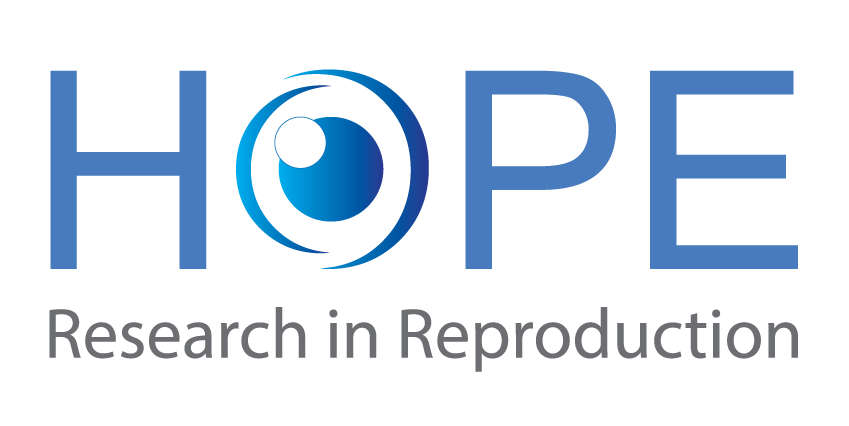J Ovarian Res. 2018;11(1):70 (IF 2.367) – 2018-08-27
V. N. A. Ho1, T. D. Pham1, A. H. Le1, T. M. Ho1 and L. N. Vuong1,2*
Published: 27 August, 2018
Author information
- IVFMD, My Duc Hospital, Ho Chi Minh City, Vietnam
- Department of Obstetrics and Gynecology, University of Medicine and Pharmacy at Ho Chi Minh City, Ho Chi Minh City, Vietnam
Abstract
Background
In vitro maturation (IVM) has some advantages over conventional in vitro fertilization (IVF), particularly in polycystic ovary syndrome (PCOS) where the risk of ovarian hyperstimulation is high. We studied the live birth rate in a large series of PCOS women undergoing human chorionic gonadotropin (hCG)-priming IVM.
Methods
This retrospective study included women with PCOS aged 18–42 years undergoing IVM with hCG priming. We reported live birth rate after the first embryo transfer and cumulative live birth rate from embryos obtained in the IVM cycle. We also performed logistic regression to assess which factors predicted number of oocytes and live birth.
Results
We included 921 women (age 28.9±3.5 years, body mass index 21.8±3.1 kg/m2, infertility duration 3.7±2.6 years, 81% primary infertility, 88% first IVF attempt, 94% ovulation induction failure). Live birth rate after the first embryo transfer was 31.7%, with a cumulative live birth rate from the cycle of 33.7%. High anti-Müllerian hormone levels predicted a high number of oocytes and a high oocyte maturation rate while the opposite was the case when luteinizing hormone levels were high.
Conclusions
In women with PCOS, hCG priming IVM was feasible and resulted in acceptable live birth rates.
KEYWORDS:
In vitro maturation, In vitro fertilization, Polycystic ovary syndrome, Cumulative live birth rate, Pregnancy outcomes
